Exploring the 2025 China Import and Export Fair: Trends in Solar Panel Installation Costs
As the 138th China Import and Export Fair in 2025 approaches, the solar industry is witnessing dynamic shifts in market trends, particularly concerning the cost of solar panel installation. Recent reports indicate that the global market for solar energy is projected to reach a valuation of $223 billion by 2026, with installation costs significantly decreasing due to advancements in technology and increased production efficiency.
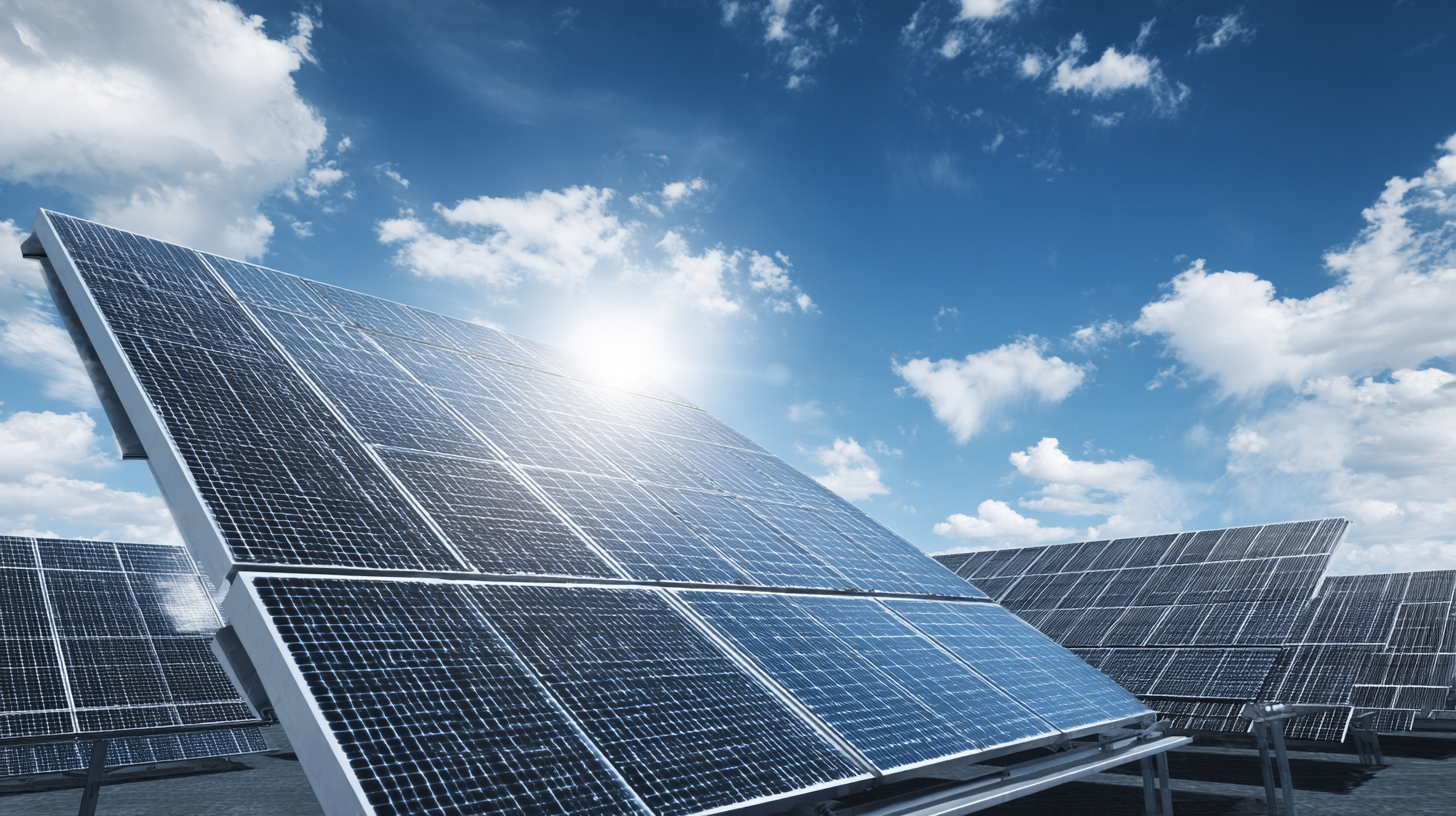 According to the International Energy Agency, the average cost of solar PV systems has fallen by over 80% since 2010, making solar energy more accessible than ever before. This trend is further magnified in China, where government incentives and subsidies have spurred rapid growth in solar installations. With a focus on the evolving cost landscape at the Fair, stakeholders will be better positioned to capitalize on the opportunities presented by this booming sector, fostering a sustainable energy future.
According to the International Energy Agency, the average cost of solar PV systems has fallen by over 80% since 2010, making solar energy more accessible than ever before. This trend is further magnified in China, where government incentives and subsidies have spurred rapid growth in solar installations. With a focus on the evolving cost landscape at the Fair, stakeholders will be better positioned to capitalize on the opportunities presented by this booming sector, fostering a sustainable energy future.
Impact of Global Market Trends on Solar Panel Installation Costs for 2025
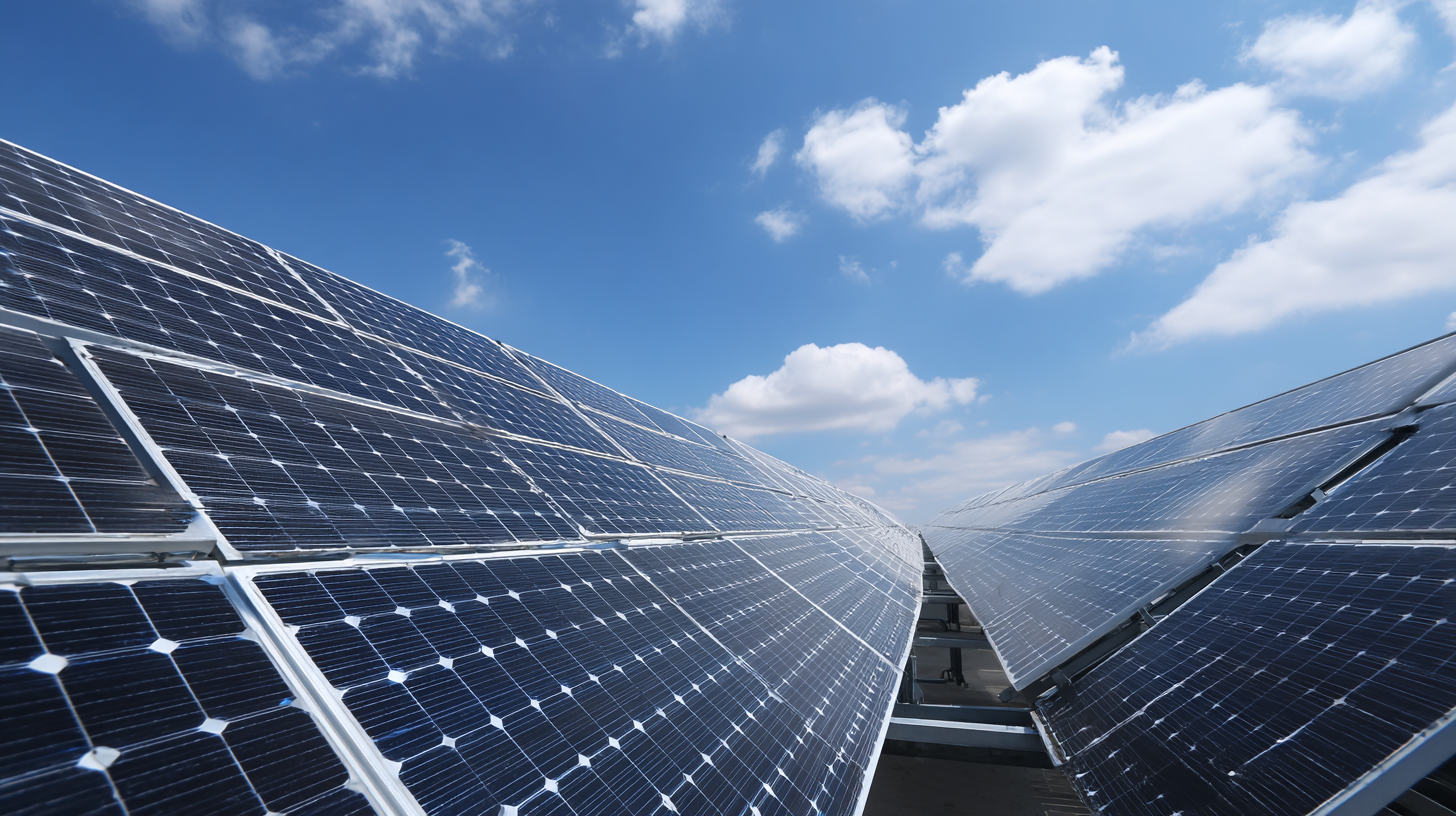 The 2025 China Import and Export Fair will showcase significant trends in solar panel installation costs, heavily influenced by global market dynamics. With the expected market value of the global single-axis tracker sector reaching $1.9046 billion in 2025, there’s a clear indication of advancing technology and competitive pricing strategies that may drive down installation costs. As the demand for renewable energy sources continues to soar, solar panel installation is seen as a pathway to achieve sustainable energy goals globally.
The 2025 China Import and Export Fair will showcase significant trends in solar panel installation costs, heavily influenced by global market dynamics. With the expected market value of the global single-axis tracker sector reaching $1.9046 billion in 2025, there’s a clear indication of advancing technology and competitive pricing strategies that may drive down installation costs. As the demand for renewable energy sources continues to soar, solar panel installation is seen as a pathway to achieve sustainable energy goals globally.
Additionally, understanding the influences of government incentives, such as Australia's substantial subsidies for residential energy storage, can give insights into pricing trends for solar installations. Solar energy systems encompassing panels, inverters, and storage solutions are expected to witness significant market expansion, aided by the revival of economies post-pandemic and a push towards greener energy practices.
Tips: To optimize your solar installation costs, consider leveraging government incentives and technological advancements. Staying informed about market trends can help you make strategic decisions regarding the timing of your investment. Moreover, exploring partnerships with innovative manufacturers can further enhance cost-effectiveness and installation efficiency in your projects.
Technological Advances Driving Down Solar Panel Installation Expenses
The solar panel industry is experiencing a remarkable transformation, primarily driven by technological advancements that significantly lower installation costs. According to the Solar Energy Industries Association (SEIA), the average price of residential solar panel installations has dropped by over 70% since 2010. Innovations in solar technology, such as more efficient photovoltaic cells and streamlined installation processes, contribute to these savings, making solar energy more accessible to a broader audience.
Furthermore, advancements in energy storage systems, like lithium-ion batteries, have enhanced the viability of solar energy. A report from Bloomberg New Energy Finance predicts that battery prices will decrease by 50% over the next decade, thereby reducing the overall cost of solar installations. This trend not only supports residential users but also encourages businesses to pivot towards renewable energy solutions, reducing dependence on fossil fuels. As solar technology continues to advance, the cost-effectiveness of solar installations is expected to further improve, enabling more consumers to embrace sustainable energy alternatives.
Regional Variations in Solar Panel Costs and Installation Strategies
As solar panel technologies continue to advance and gain traction in various regions, the landscape of installation costs is becoming increasingly varied. In countries like Malaysia, which is recognizing the importance of renewable energy for sustainable development, the solar market is experiencing robust growth. This regional focus highlights the diverse installation strategies employed to manage costs effectively and boost adoption rates.
Tips for potential solar adopters include assessing local incentives that can offset installation expenses, as well as choosing the appropriate system for their specific energy needs. Additionally, exploring partnerships with local installers can lead to competitive pricing and better service, ultimately enhancing the overall solar experience.
As we look towards 2031, understanding the regional variations in solar panel costs is crucial. Countries with a proactive stance on renewable energy policies are likely to see a greater reduction in installation costs, making solar power more accessible. By being informed about these trends, consumers can make empowered decisions that align with both their financial and environmental goals.
| Region | Average Solar Panel Cost per Watt ($) | Installation Cost per Watt ($) | Total System Size (kW) | Total Installation Cost ($) |
|---|---|---|---|---|
| Beijing | 0.45 | 1.20 | 5 | 8250 |
| Shanghai | 0.48 | 1.15 | 5 | 7950 |
| Guangzhou | 0.50 | 1.10 | 5 | 7850 |
| Shenzhen | 0.47 | 1.05 | 5 | 7350 |
| Hangzhou | 0.46 | 1.25 | 5 | 8500 |
Policy Changes and Their Effect on Solar Energy Adoption in China
As China pushes towards greater adoption of solar energy, recent policy changes play a crucial role in shaping the landscape. The government has introduced several incentives aimed at reducing installation costs and encouraging households and businesses to switch to solar power. These measures not only include financial subsidies but also streamlined regulatory processes that facilitate quicker implementations of solar projects. As a result, the trend of solar panel installations is experiencing an upward trajectory, making it more accessible for a larger segment of the population.
Tip: When considering solar energy options, research local incentives and rebates that may significantly lower your installation costs. Many regions offer programs that can cover a substantial portion of your initial investment, making solar a more viable choice.
Furthermore, these policy adaptations foster a competitive market for solar technology, which is vital for driving down prices and enhancing innovation. As companies vie for market share, consumers are likely to benefit from improved products and lower prices, effectively making solar energy an increasingly attractive alternative to traditional energy sources.
Tip: Stay updated on local energy policies and programs, as they can change frequently and may offer new opportunities to invest in solar technology at reduced prices.
Trends in Solar Panel Installation Costs (2018-2025)
The chart above illustrates the trend in solar panel installation costs from 2018 to 2025. A significant decrease in costs can be observed, indicating an overall growth in solar energy adoption and improved affordability for consumers.
Future Projections: Cost Trends for Solar Installations Beyond 2025
As we look ahead to the future of solar installations beyond 2025, we can anticipate significant shifts in cost dynamics influenced by technological advancements and policy changes. Current trends indicate that the price of solar panels may continue to decline due to improved manufacturing efficiencies and the increased adoption of innovative materials. This decline is expected to make solar technology more accessible, promoting wider usage across both residential and commercial sectors.

Tips: To take advantage of falling costs, homeowners and businesses should consider investing in solar installations sooner rather than later. Getting ahead of potential supply chain fluctuations can lead to considerable savings. Additionally, staying updated on local incentives and subsidies can further offset installation expenses.
Furthermore, with governments pushing for cleaner energy sources, we can expect more supportive legislation that may streamline approvals and reduce installation costs. As policies become more favorable, the solar industry is likely to see enhanced competition, which could lead to better pricing and service options for consumers.
Tips: When planning for a solar installation, it is crucial to research different providers and compare offers. Reviews and testimonials can provide insights into service quality, while also informing potential buyers about hidden costs associated with solar projects.
Related Posts
-
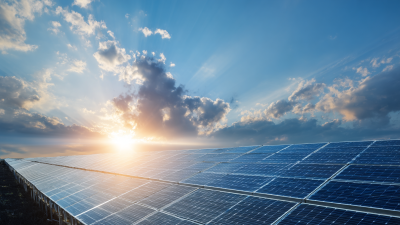
Market Predictions for Solar Panel Installation Costs by 2025 Leading the Future of Renewable Energy
-

Harnessing Savings: The Advantages of Cost-Efficient Solar Panel Installation
-
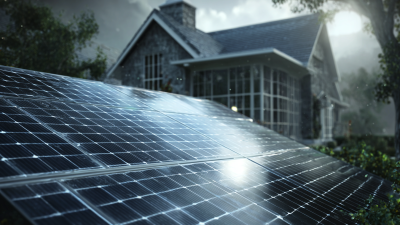
Ultimate Guide to Choosing the Best Solar Energy Panels for Your Home
-
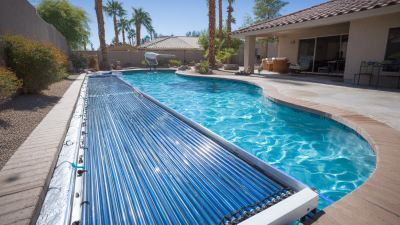
What to Look for in the Best Solar Pool Heating System: A Comprehensive Guide
-

Uncompromising Quality in Solar Solutions: China’s Leading Manufacturing for Global Supply
-

How to Choose the Best Solar Electricity System for Your Home